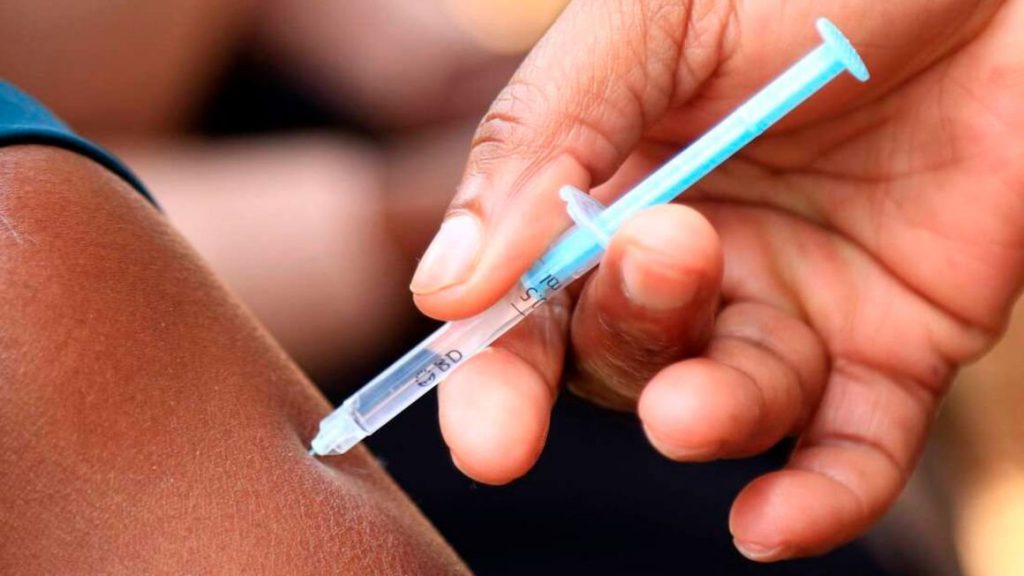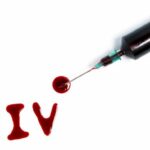
Warning Signs of HIV in Men
Published on July 25, 2022 at 6:25 PM by Face of Malawi
HIV in Men: Early Warning Signs The human immunodeficiency virus, also known as HIV, is a virus that weakens and kills the immune system. According to Healthline, HIV will harm and eventually kill CD4 cells, sometimes referred to as T cells, if it is not treated.
Body fluids, such as blood, sperm, vaginal and rectal secretions, as well as breast milk, are the most typical carriers of HIV.
Because there is no medication that can completely eradicate HIV from the body, it is a chronic illness. A person with HIV may develop the much more serious condition known as acquired immunodeficiency syndrome (AIDS) if their condition is not controlled (AIDS).It’s critical to be aware of the warning symptoms of HIV that an individual who is infected with the virus should keep an eye out for in order to prevent this.
An individual has a better chance of avoiding HIV from developing into AIDS if they are aware of and skilled at recognizing these warning signs.
However, for the sake of this study, we’ll be concentrating on the symptoms and early and late stage warning indications of HIV.
This is crucial because, despite the fact that most HIV symptoms are similar in both sexes, some are believed to be specific to males only.
HIV Early Stage Symptoms
According to Healthline, an individual with HIV infection who is still in the early stages of the illness, more precisely within the first four weeks of infection, is said to have acute or primary HIV infection. The HIV virus would now start to infect certain white blood cells in the host’s body before spreading to other organs. At this stage, there is a high danger of spreading the virus to other individuals, and flu-like symptoms may be present.
The following list of early HIV symptoms in males that resemble flu symptoms is provided:
Headache
Fever
Fatigue
throat infection Skin rash
enlarged lymph nodes
Diarrhea
sweats at night
Infections in the mouth
aching joints or muscles
HIV Later Stage Symptoms
HIV spreads more slowly when an individual’s immune system is under attack; at this point, it is thought that chronic or clinical latency has been attained. While patients who adhere to their antiretroviral treatment regimens have the ability to stay in this stage for decades, Healthline estimates that this stage could last anywhere between ten and fifteen years. In addition, those with HIV who are in the later stage known as the chronic or clinical latency stage may not have any signs of the illness.
But when they do, the following symptoms could be present:
1. Low-fidelity drive
Low sex drive is one of the most crucial hypogonadism warning signals, claims Healthline. When a man’s testicles are unable to produce enough of the hormone testosterone, this disease develops. HIV is associated with hypogonadism, which can result in erectile dysfunction, melancholy, tiredness, infertility, diminished body and facial hair development, and enlargement of breast tissue.
2. male private organ lesions
Painful open sores on the mouth or esophagus are typically one of the main indicators of HIV. However, these sores can also develop on a man’s anus or private organ, and they frequently return or repeat.
3.When urinating, there may be pain or burning.
In addition to being particular to STDs like gonorrhoea or chlamydia, experiencing pain or a burning sensation while peeing can also signal HIV infection. It may result in lower back, stomach, or groin pain, frequent urination, pain during ejaculation, murky or red urine, and prostate swelling.
AIDS
The last stage of HIV infection, or simply the point at which the virus has seriously weakened an infected person’s immune system, is known as “acquired immunodeficiency syndrome” (AIDS). The body is then unable to fight off any diseases it acquires as a result.
Symptoms of AIDS include extreme fatigue and persistent diarrhea that lasts longer than a week.
Other signs and symptoms include severe night sweats or sudden memory loss, fast weight loss, pneumonia, mouth sores, anus, or genital sores.


